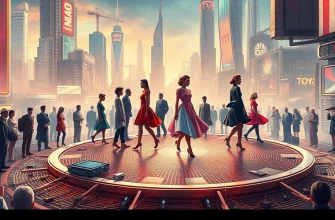Fancy a film night where the human body becomes a canvas for the extraordinary? Our curated list dives into the realm of science fiction where characters undergo mind-bending transformations. From grotesque to glorious, these films explore the limits of human form, offering a visual feast of body horror and metamorphosis. Whether you're a fan of the genre or just looking for something out of the ordinary, this collection promises to stretch your imagination and perhaps even make you squirm in your seat!
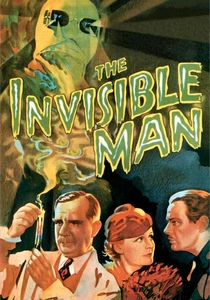
The Invisible Man (1933)
Description: A scientist discovers a way to make himself invisible, but the process leads to madness and physical deterioration, showcasing a different kind of body transformation.
Fact: The film was one of the first to use special effects to depict invisibility, with Claude Rains' voice being the only indication of his presence in many scenes.
 Watch Now
Watch Now

Altered States (1980)
Description: A scientist's experiments with sensory deprivation tanks and hallucinogens lead to physical and mental transformations, exploring the boundaries of human consciousness.
Fact: The film was based on the novel by Paddy Chayefsky, who also wrote the screenplay, but was so dissatisfied with the final product that he had his name removed from the credits.
 Watch Now
Watch Now
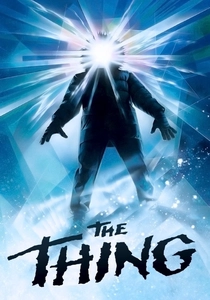
The Thing (1982)
Description: An alien life form with the ability to assimilate and replicate other organisms creates paranoia and fear among a group of researchers in Antarctica. The transformation scenes are both shocking and unforgettable.
Fact: The film's practical effects were so realistic that they were often mistaken for CGI. John Carpenter's vision was initially met with mixed reviews but has since become a cult classic.
 Watch Now
Watch Now
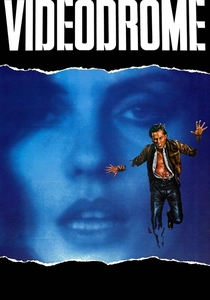
Videodrome (1983)
Description: A TV station executive's obsession with a violent show leads to his own body transforming into a grotesque, flesh-and-technology hybrid. David Cronenberg's exploration of media's impact on the human psyche.
Fact: The film's title refers to a fictional TV show within the movie, and its themes are eerily prescient of today's media consumption habits.
 Watch Now
Watch Now
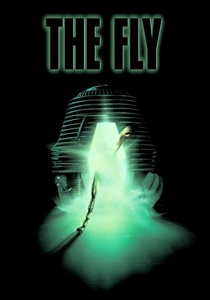
The Fly (1986)
Description: A scientist's experiment goes horribly wrong, leading to a grotesque fusion with a fly. This film is a cornerstone of body horror, showcasing the terrifying consequences of scientific hubris.
Fact: The film's special effects were groundbreaking, earning Chris Walas an Academy Award for Best Makeup. The famous "Brundlefly" design was inspired by H.R. Giger's work.
 Watch Now
Watch Now

Species (1995)
Description: A genetically engineered alien-human hybrid escapes, leading to a chase where her body undergoes rapid and terrifying transformations.
Fact: The film's creature design was influenced by H.R. Giger, who also worked on "Alien."
 Watch Now
Watch Now

The Incredible Shrinking Man (1957)
Description: A man exposed to a radioactive cloud begins to shrink, leading to a unique transformation narrative where the human body becomes increasingly vulnerable and alien.
Fact: The film was based on Richard Matheson's novel and its special effects were innovative for the time, using forced perspective and miniatures.
 Watch Now
Watch Now
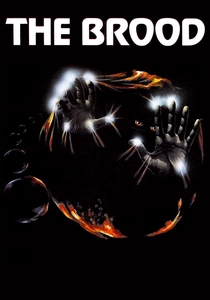
The Brood (1979)
Description: A woman's psychological therapy results in the birth of monstrous children from her body, embodying her rage and trauma. A chilling exploration of the mind-body connection.
Fact: The film was inspired by real-life events involving the director's own experiences with his ex-wife's therapy.
 30 Days Free
30 Days Free

Tetsuo: The Iron Man (1989)
Description: A surreal journey of a man turning into a metal monster, this Japanese film explores the fusion of flesh and metal in a nightmarish, industrial setting.
Fact: The film was made with a budget of just $100,000 and has become a cult favorite for its unique style and body horror elements.
 30 Days Free
30 Days Free
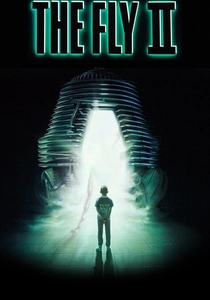
The Fly II (1989)
Description: The sequel to the original, focusing on the son of Seth Brundle, who inherits his father's genetic legacy, leading to his own horrifying transformation.
Fact: The film was initially planned as a direct continuation but evolved into a story about the son, exploring themes of legacy and fate.
 30 Days Free
30 Days Free




